Volkswagen has long been synonymous with quality, reliability, and a touch of sporting flair. Among its stellar lineup, the Jetta GLI and the Golf GTI stand out as two of the brand’s sportiest offerings. But how do you choose between these two dynamic machines? In this guide, we’ll dive deep into comparing the Jetta GLI and the Golf GTI, exploring their features, performance, design, and more—helping you make an informed decision.
Overview of the Jetta GLI and Golf GTI
Both the Jetta GLI and Golf GTI are part of Volkswagen’s performance line, often referred to as the “hot hatch” segment. While they share many components, they cater to different preferences.
- Jetta GLI: Often seen as the sporty version of the Jetta sedan, it combines practicality with spirited driving dynamics.
- Golf GTI: A hatchback icon, cherished for its engaging handling, compact size, and versatility.
Both models have loyal followings, which highlights the competition between them. Let’s break it down further.
Performance Comparison
Engine and Power
Both the Jetta GLI and Golf GTI come equipped with a turbocharged 2.0-liter inline-4 engine:
| Feature | Jetta GLI | Golf GTI |
|---|---|---|
| Horsepower | 228 hp | 241 hp |
| Torque | 258 lb-ft | 273 lb-ft |
| 0-60 mph Time | 5.1 seconds | 5.0 seconds |
Key Insights:
- The Golf GTI delivers a tad more horsepower and torque, which translates into a slightly faster 0-60 time.
- Both vehicles are equipped with either a 6-speed manual or a 7-speed dual-clutch automatic transmission.
Suspension and Handling
Both cars boast a sporty suspension but with minor tweaks for their unique characteristics:
- Jetta GLI: It has an adaptive suspension (available in higher trims) ideal for a comfortable yet engaging ride.
- Golf GTI: Known for its athletic handling and responsive steering, the GTI leans toward a more spirited driving experience.
Quote: “The GLI offers a perfect blend of sportiness and daily usability.”
 Volkswagen Jetta GLI Front View
Volkswagen Jetta GLI Front View
Interior and Technology
When it comes to interior quality and technology, both vehicles impress, but with some distinctions.
Layout and Comfort
| Feature | Jetta GLI | Golf GTI |
|---|---|---|
| Passenger Space | More rear legroom | Slightly less overall space |
| Cargo Capacity | 14.1 cubic feet | 22.8 cubic feet |
Key Insights:
- The Jetta GLI is designed for those who need a bit more practicality without sacrificing performance.
- The Golf GTI shines with its hatchback versatility, perfect for those who need to haul gear.
Technology Features
Both models come with contemporary technology, including:
- Standard Infotainment System: Both feature a user-friendly touchscreen interface.
- Smartphone Integration: Android Auto and Apple CarPlay are standard.
- Driver Assistance: VW’s suite of safety technologies are available on both models.
 Volkswagen Golf GTI Interior Dashboard
Volkswagen Golf GTI Interior Dashboard
Design Aesthetics
Exterior Design
Both the Jetta GLI and Golf GTI sport distinctive, sporty styling, yet exhibit unique features:
- Jetta GLI: Has a sleek, aggressive stance with larger air intakes and a bold front grille.
- Golf GTI: Known for its classic hatchback silhouette, angular lines, and signature plaid upholstery.
Interior Design
| Feature | Jetta GLI | Golf GTI |
|---|---|---|
| Material Quality | Premium materials throughout | Sporty, practical with flair |
| Upholstery | Leatherette or leather available | Distinct plaid seats |
Absolutely striking are the unique touches each model offers that appeal to different buyers, facilitating a personal connection to your vehicle.
Pricing
Understanding the price is critical for many buyers. Here’s how they compare:
| Model | Starting Price | Fully Loaded Price |
|---|---|---|
| Jetta GLI | Approximately $29,000 | Around $36,000 |
| Golf GTI | Approximately $30,000 | Around $40,000 |
Key Insights:
- The Jetta GLI starts slightly lower than the Golf GTI.
- Price varies significantly based on options and packages, so be sure to consider what’s included.
 Volkswagen Jetta GLI and Golf GTI Side by Side
Volkswagen Jetta GLI and Golf GTI Side by Side
Which One Should You Choose?
Choosing between the Jetta GLI and the Golf GTI ultimately depends on your lifestyle and preferences:
- Go for the Jetta GLI if:
- You prefer a sedan layout for everyday driving.
- You value a slightly larger back seat and trunk space.
- You want an engaging drive without sacrificing some comfort.
- Opt for the Golf GTI if:
- You desire a sporty, compact hatchback.
- You plan on using your car for both daily driving and performance-oriented fun.
- You appreciate the unique aesthetic and technology-driven features present in the hatchback layout.
Key Takeaways
- Power and Performance: Golf GTI has a slight edge in horsepower and torque, offering a sportier drive.
- Interior Space: Jetta GLI provides greater rear-seat legroom and trunk space.
- Design Aspects: Choose based on your preference for sedan vs. hatchback styling.
- Technology and Comfort: Both vehicles come equipped with modern technology and safety features.
- Pricing: Jetta GLI is generally more affordable at entry-level pricing.
Frequently Asked Questions (FAQs)
-
What is the main difference between the Jetta GLI and Golf GTI?
- The Jetta GLI is a sporty sedan, while the Golf GTI is a hatchback, each designed to appeal to different driving preferences.
-
Which has better performance?
- The Golf GTI usually offers slightly better performance metrics, including horsepower and acceleration.
-
Are both cars fuel-efficient?
- Yes, both the GLI and GTI have competitive fuel economy for their class, averaging in the mid-20s to low-30s in mpg.
-
Do either model offer all-wheel drive?
- Neither model offers all-wheel drive; both are front-wheel drive.
-
What are their warranty offerings?
- Both vehicles come with a similar warranty package, typically covering 4 years or 50,000 miles.
-
Can I customize either vehicle?
- Absolutely! Both models have extensive aftermarket support allowing for customizations.
-
Are these cars good for families?
- While the Jetta GLI has better rear-seat space, the Golf GTI’s hatchback versatility can be appealing for active families.
-
Which one holds its value better?
- Historically, both have strong resale values, but the Golf GTI tends to maintain a slightly higher resale compared to GLI.
-
When was the last redesign of each model?
- Both vehicles were refreshed for the current generation in 2021, introducing notable upgrades in tech and performance.
-
Do they offer driver-assistance features?
- Yes, both models come equipped with a host of advanced driver-assistance technologies.
In conclusion, both the Jetta GLI and Golf GTI have their unique charms and strengths, catering to different types of drivers. Whether you swing towards the practicality of the Jetta GLI or the spirited fun of the Golf GTI, you can’t go wrong with either choice—especially when you’re behind the wheel of a Volkswagen!

 LSV on the Road
LSV on the Road Golf Cart on a Golf Course
Golf Cart on a Golf Course
 Professional table tennis match
Professional table tennis match
 Golfer Planning Next Move
Golfer Planning Next Move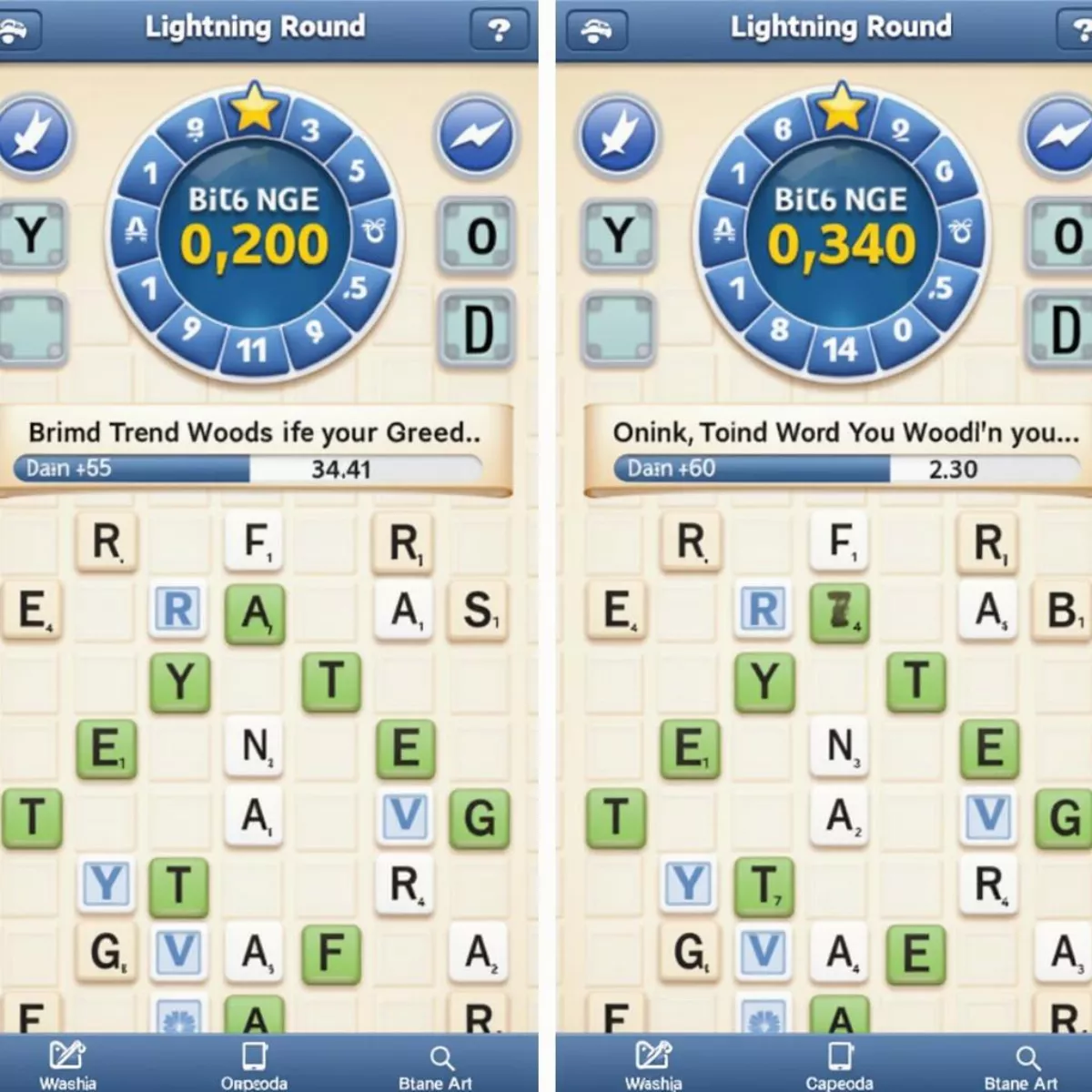
 Words With Friends App Reviews
Words With Friends App Reviews Words With Friends New Game Mode Concept
Words With Friends New Game Mode Concept
 Chenal Country Club Fitness Center
Chenal Country Club Fitness Center Chenal Country Club Family Event
Chenal Country Club Family Event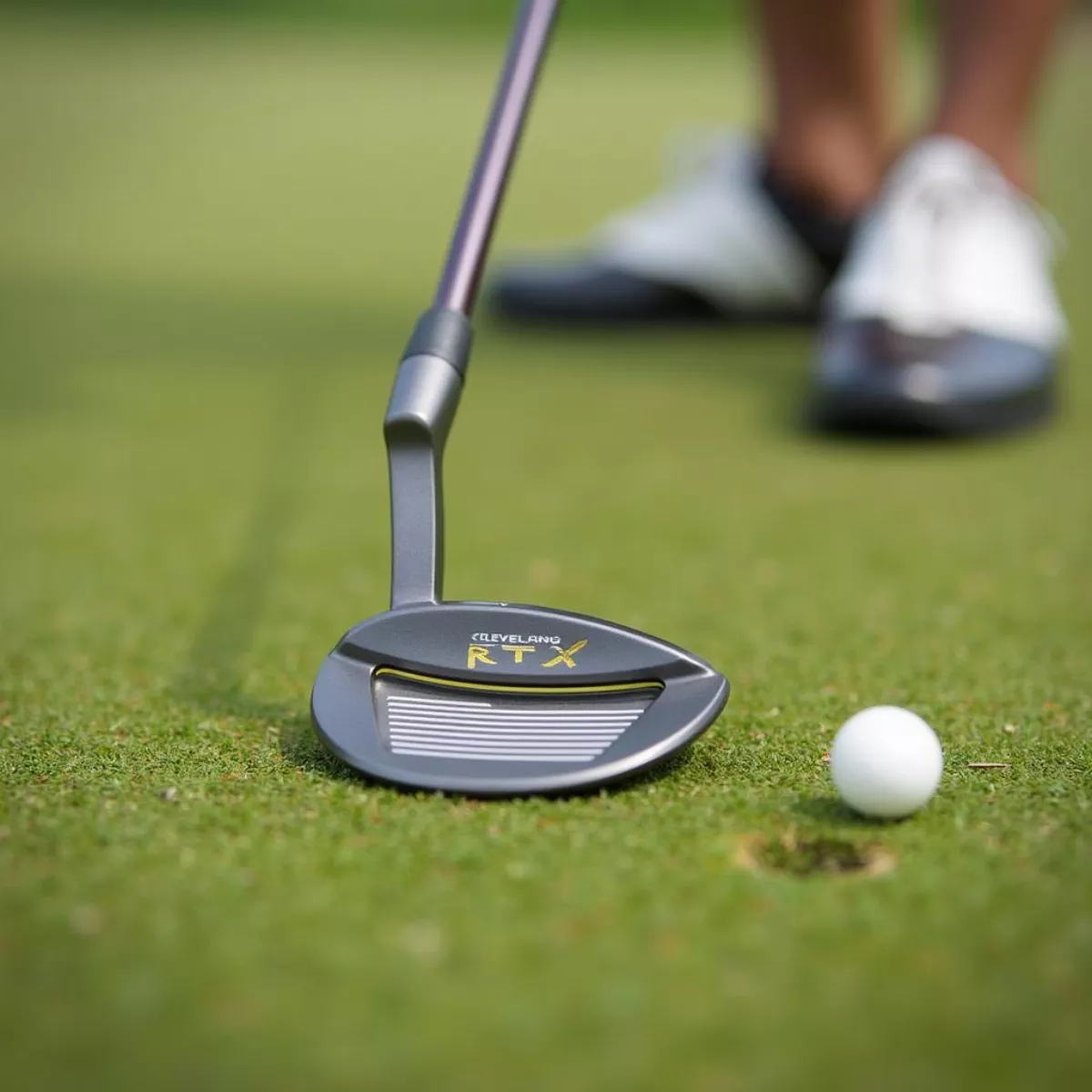
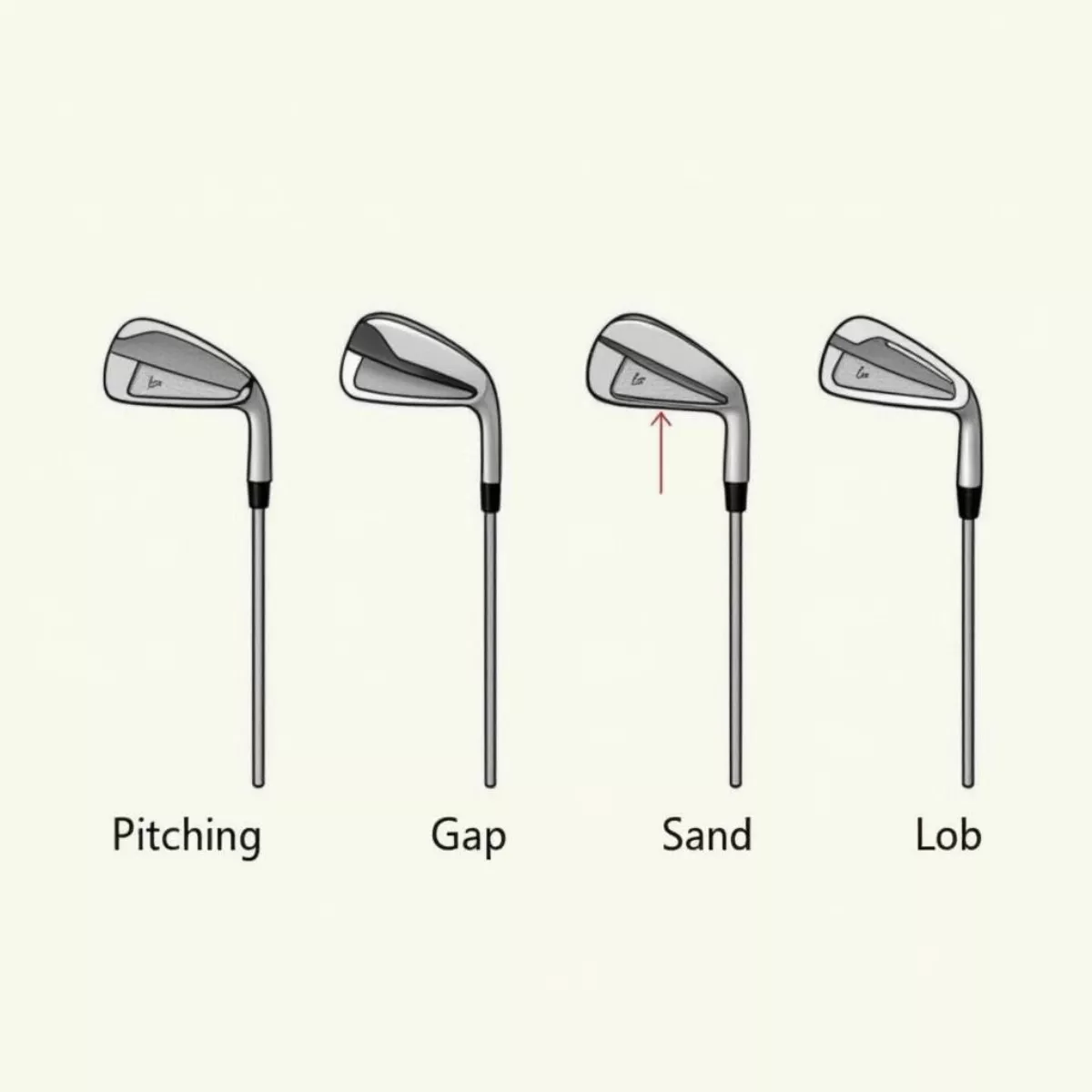 Golf Wedge Loft Comparison
Golf Wedge Loft Comparison Golf Wedge Fitting Session
Golf Wedge Fitting Session
 People engaging in communication exercises
People engaging in communication exercises
 Online Conversation Misunderstanding
Online Conversation Misunderstanding Effective Communication Tips
Effective Communication Tips
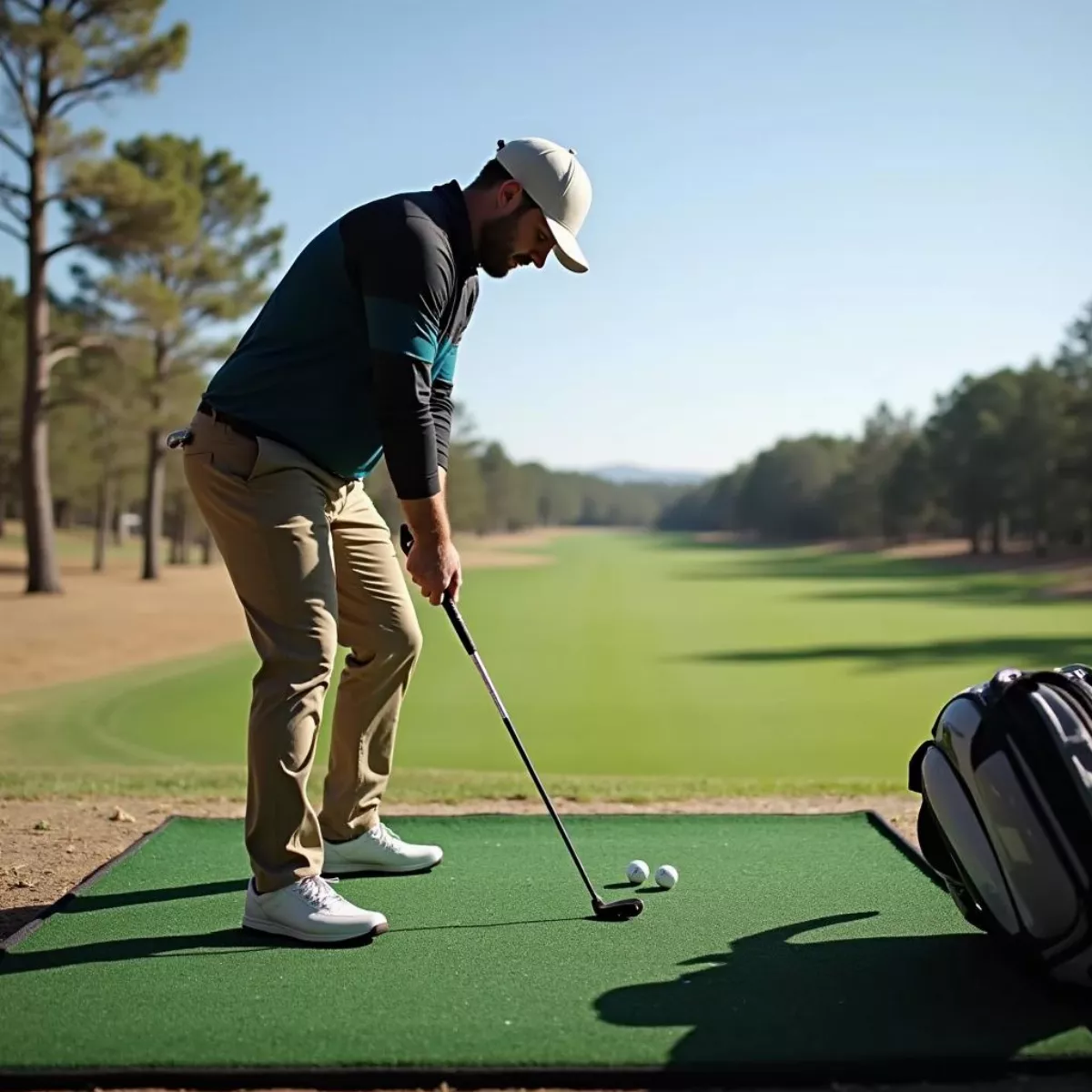 Golfer Experimenting with Tee Heights
Golfer Experimenting with Tee Heights Types of Golf Tees – Wood, Plastic, Brush
Types of Golf Tees – Wood, Plastic, Brush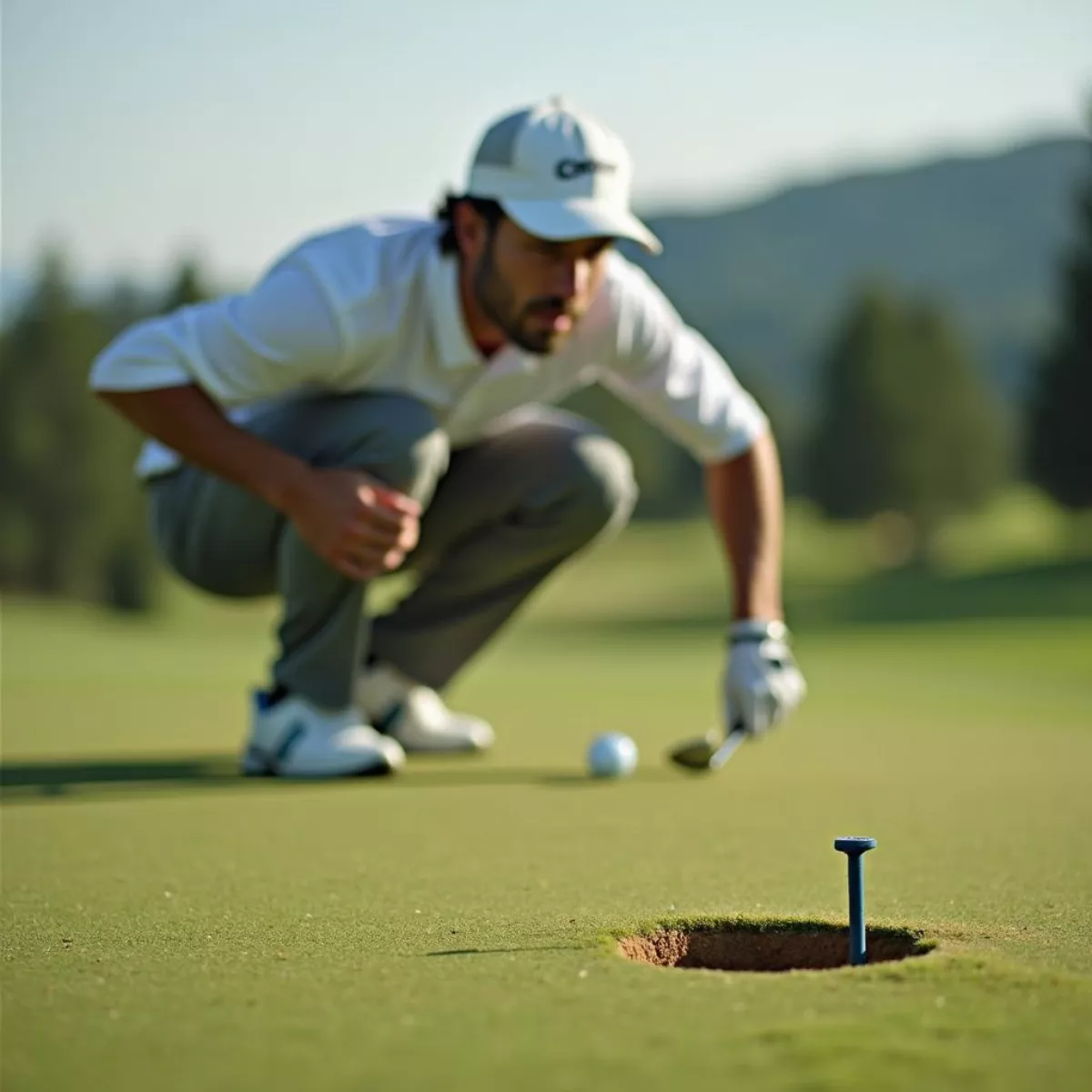 Golfer Replacing Broken Tee on Golf Course
Golfer Replacing Broken Tee on Golf Course